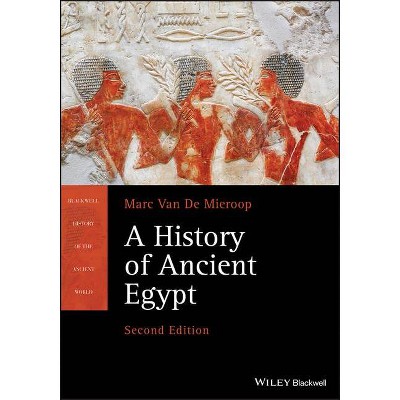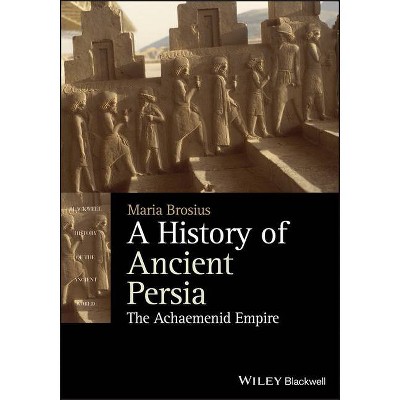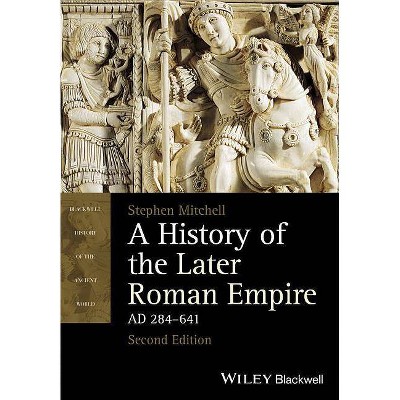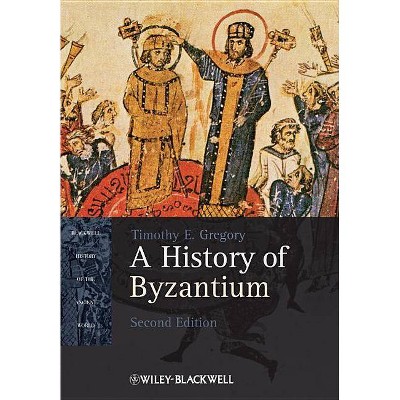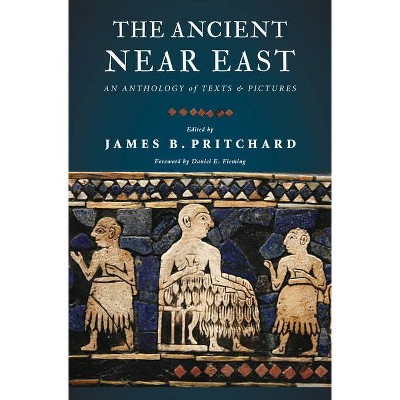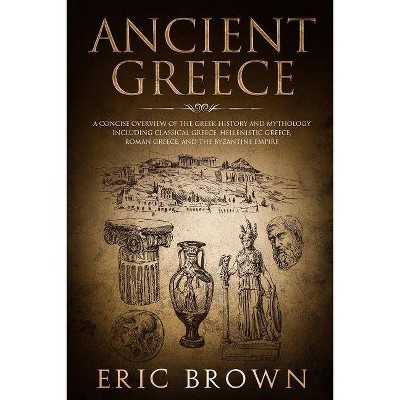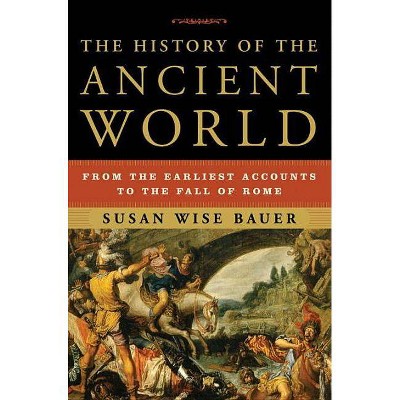A History of the Ancient Near East, Ca. 3000-323 BC - (Blackwell History of the Ancient World) 3rd Edition by Marc Van de Mieroop (Paperback)
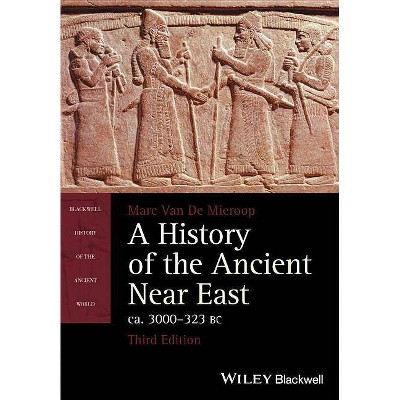
Similar Products
Products of same category from the store
AllProduct info
<p/><br></br><p><b> Book Synopsis </b></p></br></br>Incorporating the latest scholarly research, the third edition of <i>A History of the Ancient Near East ca. 3000-323 BC</i> presents a comprehensive overview of the multicultural civilizations of the ancient Near East.<br /> <br /> <ul> <li>Integrates the most up-to-date research, and includes a richer selection of supplementary materials</li> <li>Addresses the wide variety of political, social, and cultural developments in the ancient Near East</li> <li>Updated features include new "Key Debate" boxes at the end of each chapter to engage students with various perspectives on a range of critical issues; a comprehensive timeline of events; and 46 new illustrations, including 12 color photos</li> <li>Features a new chapter addressing governance and continuity in the region during the Persian Empire</li> <li>Offers in-depth, accessible discussions of key texts and sources, including the Bible and the Epic of Gilgamesh</li> </ul><p/><br></br><p><b> From the Back Cover </b></p></br></br>Incorporating the latest scholarly research in this rapidly developing field, the third edition of <i>A History of the Ancient Near East ca. 3000-323 BC</i> presents a comprehensive overview of the extraordinary multicultural civilizations of the ancient Near East. Presenting the region's complex history in a concise and accessible manner, chapters begin with the emergence of writing around 3000 BC, and proceed with the origins of the first cities in Mesopotamia and growth of the Babylonian and Hittite kingdoms up to the rise of the Assyrian and Persian empires. Concluding chapters address the transformation of the ancient Near East by the conquests of Alexander the Great--with a new chapter addressing governance and continuity in the region during the Persian Empire. Other updates include a comprehensive timeline of events, 30 new illustrations, and expanded coverage of the myriad political events, military campaigns, and social and cultural developments that emerged throughout the Near East over the course of more than three millennia<i>.</i> Another notable update is the inclusion of Key Debate boxes designed to illuminate differing perspectives on various critical issues after each chapter<i>. A History of the Ancient Near East ca. 3000-323 BC, Third Edition</i>, enhances its reputation as one of the most accessible introductions to the rich and complex history of ancient Near Eastern civilizations available today.<p/><br></br><p><b> Review Quotes </b></p></br></br><br><p>"This is the third edition of a classic made all the more popular as we try to understand the origins of today's Middle East with its wars, hatreds, dictatorships, genocides and infamous new caliphates that hold nothing but terror for those who will not bow the knee to jihadi dogma." (<i>Unrv.com</i>, 1 January 2016)</p> <p>"For these reasons and for many more, this volume deserves considerable praise and lasting admiration." (<i>RBECS.org</i>, 27 December 2015)</p><br><p/><br></br><p><b> About the Author </b></p></br></br><b>Marc Van De Mieroop</b> is Professor of History at Columbia University. He is the author of many books on various aspects of the histories of the ancient Near East and Egypt, including <i>The Ancient Mesopotamian City </i>(1997, 1999)<i>, King Hammurabi of Babylon </i>(Blackwell, 2004)<i>, The Eastern Mediterranean in the Age of Ramesses II </i>(Wiley-Blackwell, 2009), and <i>A History of Ancient Egypt </i>(Wiley-Blackwell, 2010)<i>.</i>
Price History
Price Archive shows prices from various stores, lets you see history and find the cheapest. There is no actual sale on the website. For all support, inquiry and suggestion messages communication@pricearchive.us
